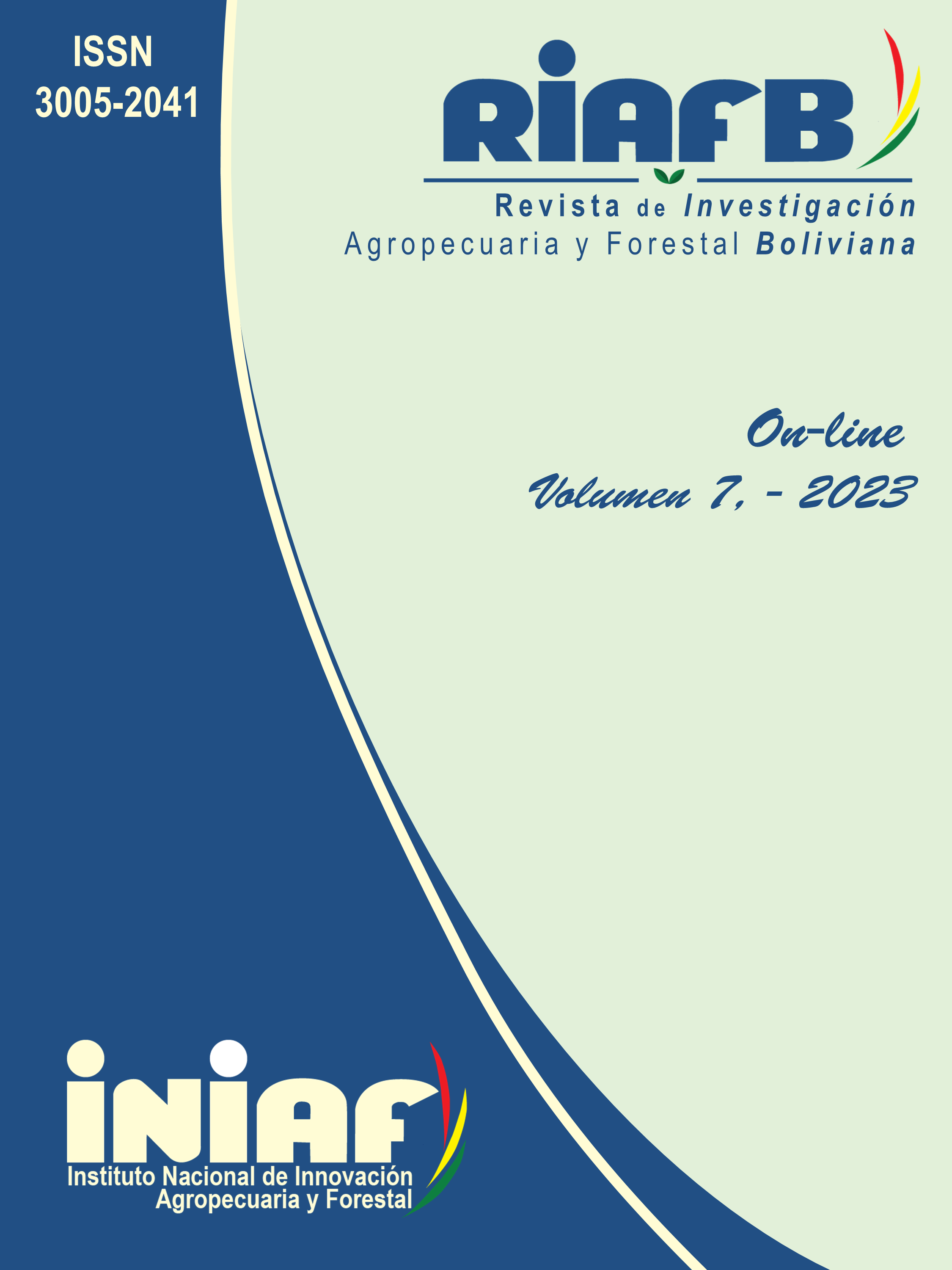Selection of forage oat (Avena sativa) genotypes through GGE Biplot and BLUP
Palabras clave:
Avena sativa, BLUP, GGE, multienvironment (MET), stabilityResumen
In Bolivia, the productivity of forage oat is relatively low. To address this issue, the present study aimed to identify more productive and stable genotypes using statistical methods such as GGE Biplot and BLUP (Best Linear Unbiased Prediction). The research was conducted in three different environments in Bolivia, evaluating six commercial varieties of forage oats, including three from Instituto Nacional de Innovación Agraria (INIA-Peru) and the remaining from Centro de Investigación Forrajera (CIF) -Violeta Bolivia. The data obtained were analyzed using GGE Biplot and BLUP, resulting in an average yield of 10.29 ± 3.51 t ha-1 of dry matter. BLUP exhibited a higher cumulative variance than GGE Biplot in the first two components. Both models demonstrated similar trends in terms of productivity and stability values, facilitating the selection process. Consequently, Tayco and Texas were identified as the most promising genotypes due to their exceptional dry matter yield and phenotypic stability.
Descargas
Publicado
Licencia

Esta obra está bajo una licencia internacional Creative Commons Atribución-NoComercial-SinDerivadas 4.0.




